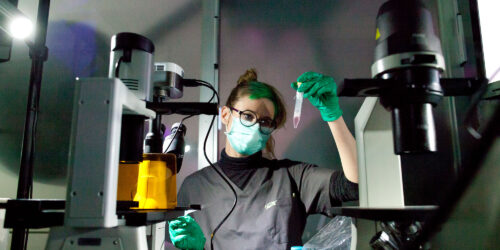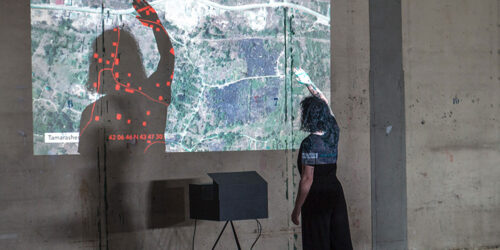In 2023, the Art Collection Deutsche Telekom once more enables an innovative art science collaboration that moves beyond the art world’s usual places. With the collection’s focus on contemporary art from Eastern Europe, also the third iteration of the ArtScience residency is dedicated to an artist from this region, who works at the intersection of art, technology and science and who is particularly interested in researching the social impact of technological developments.
Type: Residency
Duration: 2023
Country: Germany
Artist Špela Petrič, who won the 2023 residency will work together with science partner Prof. Dr. Aimee van Wynsberghe of the Bonn Sustainable AI Lab on the hidden structures of Artificial Intelligence (short AI) in health care.
Find out more about their research, creation, and work in progress in the posts below:

This was the third ArtScience Residency enabled by Art Collection Deutsche Telekom
We look back to one more year of the ArtScience Residency that was made possible through the support of the Art Collection Deutsche Telekom.

AI and Infrastructures of Care
The talk will describe Petrič’s recent investigation of state-of-the-art automation as it is applied in the care and production of bodies, as well highlight the methodologies developed to bring fore multiple perspectives on the otherwise opaque processes of AI implementation.
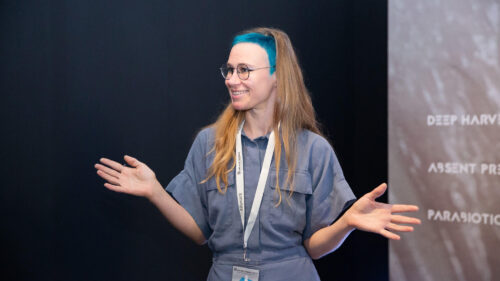
Expert Tour with Špela Petrič: AI and Health Care
You shouldn’t be afraid of blood when joining this tour. While exploring the potential of AI to prevent strokes, we will connect to a cardiac electrophysiologist performing a routine surgery for cardiac arrhythmia in real time. The artist Špela Petrič, together with researchers, invites participants to become amateur ethnographers and observe this exploration of AI in healthcare.
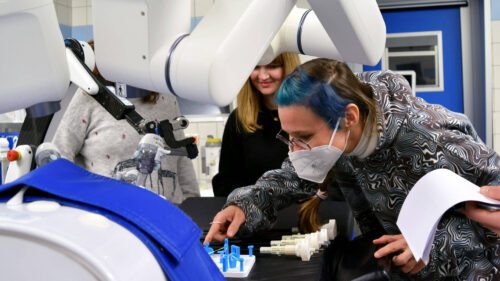
AIxxNOSOGRAPHIES
AIxxNOSOGRAPHIES is a participatory art-research framework looking into medical AI with the intention of contextualizing critically the transition in healthcare we are currently undergoing. Through collective methodologies such as performative ethnographies, AI infrastructure mappings and video documentation, the project invites the wider audience to better understand the new body biopolitics.

Sustainable AI Conference 2023 – Sustainable AI Across Borders
The Bonn Sustainable AI Lab at the University of Bonn’s Institute for Science and Ethics organises the second Sustainable AI Conference. This iteration will focus on cross cultural perspectives to address the variety and scope of ethical issues on a global scale. An inspiration for the theme “Sustainable AI Across Border” is to acknowledge the reality that certain countries play an integral role in the early production phase and the waste management of this technology but may never experience the benefits of AI.
Scientific Partner
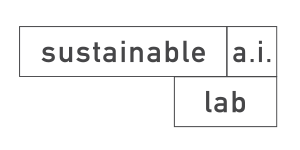
Since 2022, the Bonn Sustainable AI Lab, located at the University of Bonn’s Institute of Science and Ethics, will act as scientific partner of the ArtScience Residency. It offers the artists an introduction and access to the scientific research of the Sustainable AI Lab, which is focused on addressing the often hidden environmental and related social and economic costs of designing, developing, and using AI across society.
The research done in the lab covers the impact of AI in diverse settings (e.g., migration, city development, healthcare, data collection and analysis, art). The questions to be explored span multiple disciplines and levels of analysis, for example: the normative rationale for the value of sustainability; the strength of the concept of sustainability; how to measure the environmental costs of AI; understanding the intergenerational impacts of AI; and informing public policy guidelines for the development of green, proportionate, and sustainable uses of AI.
The lab offers the artist a workshop with the whole Sustainable AI Lab team as well as one-on-one meetings with the members of the lab to introduce him/her to their research.
The scientific residency is supervised by the Alexander von Humboldt Professor for Applied Ethics of AI, Prof. Dr. Aimee van Wynsberghe and her team at the Sustainable AI Lab, and the external researcher and advisor to the lab Dr. Gry Hasselbalch.
About Art Collection Deutsche Telekom
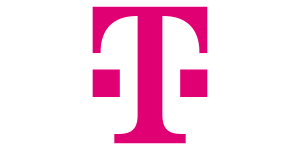
The Art Collection Deutsche Telekom was founded in 2010. It focuses on contemporary art from Eastern and South-eastern Europe and also looks to neighboring countries such as Turkey or the Caucasus region. It has an European integrative orientation, because it wants to include the East of Europe in the discourse. It is open to all media, from the traditional, artisan techniques such as painting, drawing or sculpture to performance and video works. Since its foundation, it has followed the growing use of digital techniques in the production of art and artistic developments in social media.
The art of the Art Collection Deutsche Telekom seems to question the self-evident. It humorously points out prejudices and is a means of communication about the jointly shared and developed reality with a specific perspective on the history and current developments in Eastern Europe. The concentration on the area of countries which, after the fall of the Iron Curtain, have created new political structures and had initiated democratic developments, includes significant political, social, and cultural changes. The Art Collection Deutsche Telekom makes an important contribution to an open, discursive, and communicative culture, which is of great importance for mutual understanding in Europe.

